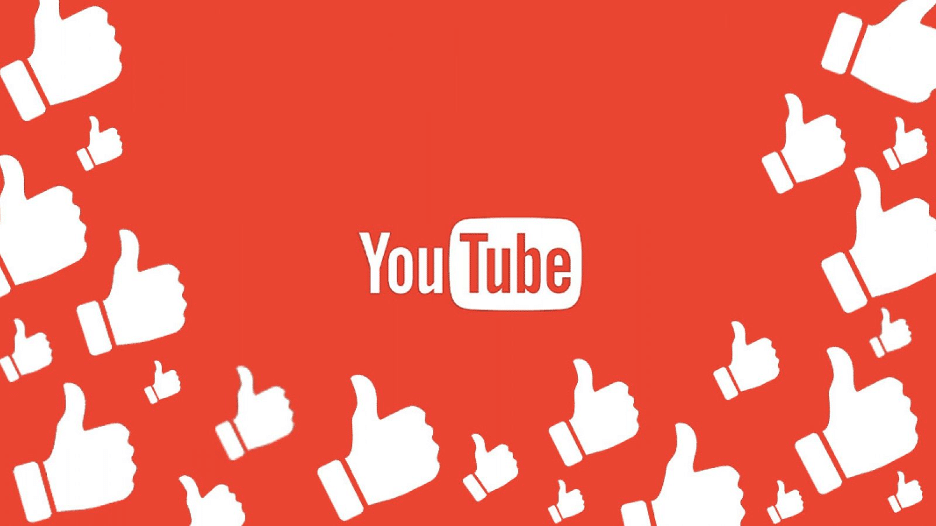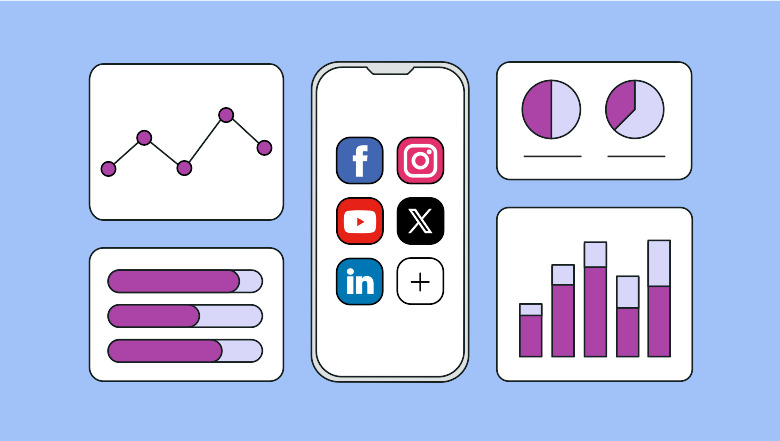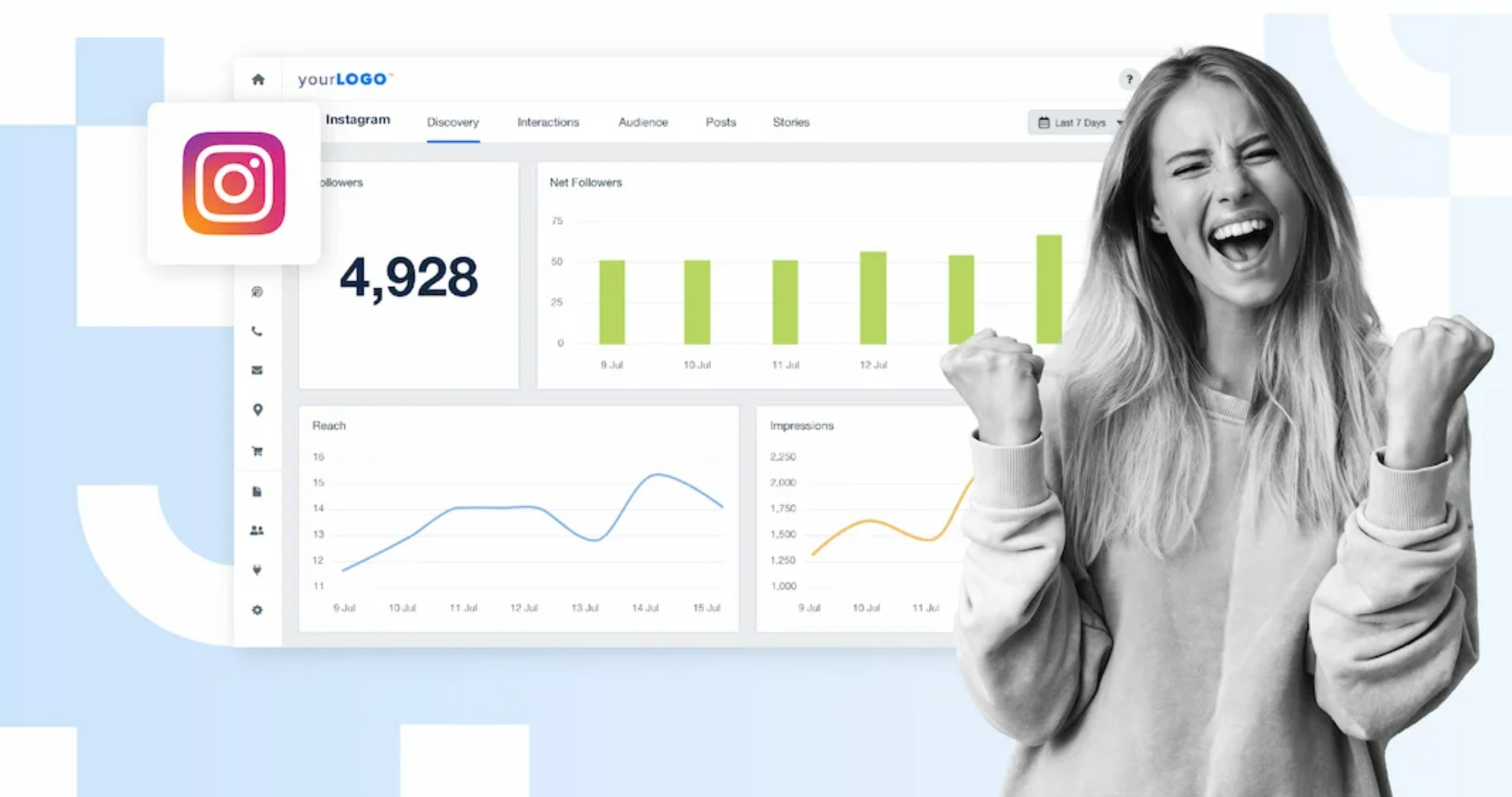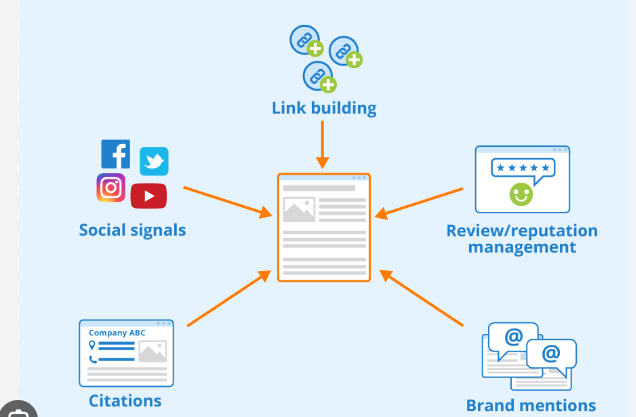Are Likes Still A Valid Measure Of Quality On YouTube?

Strong 8k brings an ultra-HD IPTV experience to your living room and your pocket.
Over 500 hours of content are uploaded to YouTube every minute. That’s millions of videos fighting for attention daily. With so much content out there, how do we decide what’s good?
Most people still look at the like count. It’s quick. It’s easy. It feels like a trust signal. But is it still a valid way to judge quality?
Let’s explore how likes really work today on YouTube and whether they still matter as much as we think.
Likes Are About Instant Feedback
When someone watches a video and hits the like button, they’re giving immediate feedback. It usually means one of three things:
• They enjoyed the video
• They found it useful
• They want to support the creator
That’s it. Likes are simple and fast. No comment needed. No extra effort. Just a click.
But here’s the problem. Not everyone who likes a video actually watches the whole thing. And not everyone who loves a video remembers to hit like. So it’s not a perfect system.
Likes Help With Visibility
Even today, likes play a role in how the algorithm sees your video. More likes early on? That’s a good sign to YouTube. It suggests that the video is worth showing to others.
But it’s not the only thing the algorithm looks at. Watch time, click-through rate and viewer retention are often more important. A video with 10,000 likes but low watch time may not perform as well as a video with fewer likes but longer viewing.
So while likes can boost visibility, they don’t always guarantee long-term reach.
Viewers Use Likes as a Quick Signal
Many people still check the like count before clicking. If a video has 50,000 views but only 100 likes, it might raise questions. Is the video boring? Is the title misleading?
On the other hand, if it has a high like-to-view ratio, people assume it’s worth watching. So even if it’s not a perfect measure of quality, it still shapes first impressions.
Some creators even ask viewers to hit the like button to build that quick trust.
Quality Means Different Things
Here’s the real truth. Quality is personal. For some, a good video is educational. For others, it’s funny, emotional or entertaining. A tutorial with 500 likes might be more valuable than a comedy skit with 50,000.
Likes reflect popularity, not depth. They show how many people reacted, not how strongly they felt. That’s why comments are often a better way to see what people really think.
So while likes help, they don’t tell the full story.
Dislikes Are Now Hidden
YouTube removed public dislike counts to reduce negativity and targeted hate. But this also means you can’t easily tell if a video was misleading or low quality based on dislikes. That puts even more pressure on the like button to show whether a video is trustworthy.
But again, likes alone don’t give the full picture. You need to check comments, watch time and overall vibe to understand if a video is really good.
Final Thoughts
Likes still matter on YouTube. They help with early reach. They create a quick impression. But they are just one part of the puzzle.
If you really want to judge a video’s quality, don’t rely on likes alone. Read the comments. See how long people stay. Watch the video yourself.
The like button is helpful. But quality? That takes more than a click.
Note: IndiBlogHub features both user-submitted and editorial content. We do not verify third-party contributions. Read our Disclaimer and Privacy Policyfor details.







